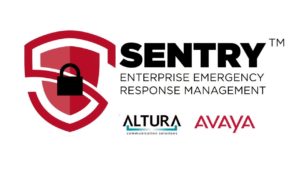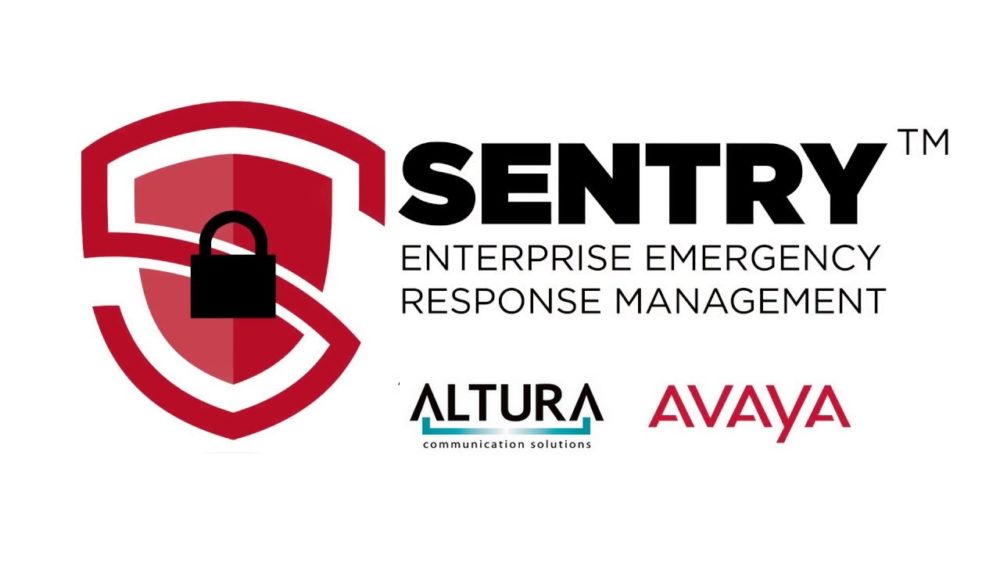Kari’s Law will require any businesses entity with multi-line telephone systems to allow direct dial to 911, without any prefix. In part three of our series, Kevin Kito, CEO of 911 Secure discusses how 911 Secure brought the SENTRY solution to the market.
 Making Next Generation 911 A Reality
Making Next Generation 911 A Reality
By Kevin Kito
I first heard about the tragic events surrounding Kari Hunt’s murder from Change.org. Of course, I signed the petition and forwarded it to as many people as I could right away. But I also wanted to do more. So that day I decided to start each of my presentations with the importance of not requiring an access number to be dialed prior to 911 being called. For me as a sales guy, getting a company to do this programming does not garner me a sale since all multi-line phone systems can be programmed to do this without having to purchase any additional software or equipment. But since what I do is more than making a sale, I figured it was the best place to start.
Some companies I spoke with would understand the importance of not requiring the “9” right away and told me they would make the change immediately. Others said they were already doing it, but some said they did not want to do it because of misdials. When a company uses “9” as their access number misdials to 911 will increase. This is a legitimate concern, but I would argue that not allowing a 911 dialed call to be completed is a much bigger problem.
Now that Kari’s Law has been passed, the conversation with customers related to 911 that I give off the top is not just informational, it is about being compliant with the law. So, the misdial excuse is not something I hear anymore. But there are two other key tenets of Kari’s Law: 911 calls must be directed to the Public-Safety Answering Point (PSAP) and not intercepted by on-site personnel. Secondly, someone on-site needs to be notified that 911 has been called. In most cases, depending on the PBX, both items can be accomplished without the need for any additional software or equipment. And if a company were to implement them, they could technically pass Kari’s Law compliance. But do we find this as acceptable when we can and should do more?
We can track phone movement, provide location information with the on-site notification alert, give the emergency response center operator useful information about where the call is coming from, and we can now provide next generation 911 (NG911) information as well. What that means is that we are able to push a map of the building, temperature sensor data, or even a camera feed to the call taker and ultimately out to the emergency responders in the field. This is made possible with our integration with RapidSOS. RapidSOS allows the Sentry solution from 911 Secure to push additional information into their data repository that the PSAP can access. This is a game-changer and is what is really going to change how data is provided to 911 response centers.
Several years ago, I attended a conference and one of our competitors told me that we were his biggest competition. He said that when he saw that he was up against us he knew it was going to be a battle. I replied that he was not my biggest competition. He looked surprised and taken aback, probably thinking I was referring to the other guys, but I wasn’t. I explained that I wasn’t his biggest competition either.
Because our biggest competition is nothing.
Meaning that, so often, companies investigate implementing an Enhanced 911 solution and decide to do nothing. The reasons vary from budget, time it takes to implement, and the worst I hear, “Well nothing has happened before, so we do not feel it is necessary.”
Before I was in the E911 industry I was in B2Bs cellphone sales. Back then the companies I talked to either stayed with their current provider, switched to me, or picked another provider. There was never inaction; they were going to be using some provider’s cell service. So moving to the E911 industry was very frustrating because often companies decide to just do nothing. In the first six months I worked in the industry I sent out many proposals. One of the first prospects ultimately decided that they didn’t need it. About nine months later that same company called me and said they had to implement a solution right away. They did not give me much information over the phone, but when I went out to meet with them, I was told someone had dialed 911, the operator received the incorrect location information, and no one on site was notified that 911 had been called. It was the first time that I had received one of “those calls,” but it wasn’t the last. For a long time after this happened, I thought about what I could have done differently as a salesman to convince the company to implement our solution. It is something that I still think about today. The way that I cope with it now is that I think about all those times we did convince a company to do the right thing and implement our Enhanced 911 solution and I know that we have helped save lives.
Looking back to when I first started in the industry I kind of understand why companies did not end up implementing the solution, because it was new to them. However I recently just got word of a company with a telecom manager who really wanted to implement our solution and even had the budget to do so, but someone in upper management decided against it. Hopefully with the advancements we have made more decision-makers will realize how important this issue is and decide to protect the users of their phone systems so I do not have to receive another one of “those calls.”
Learn more about the Sentry solution and speak to us today!





Comments are closed.